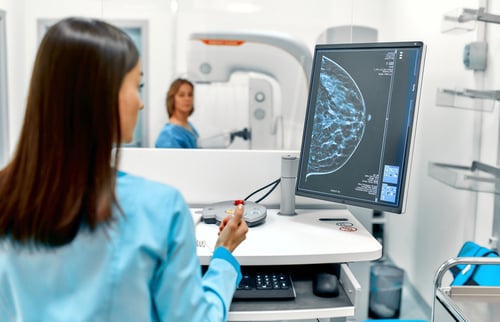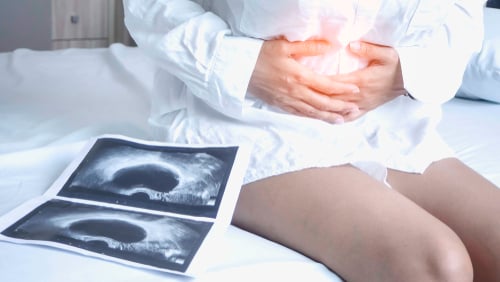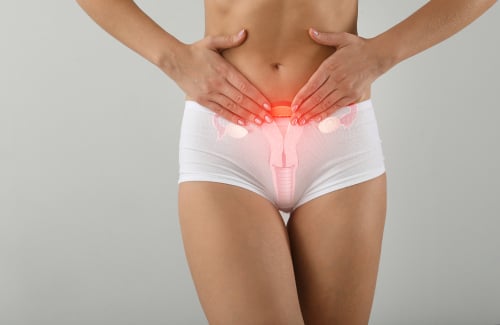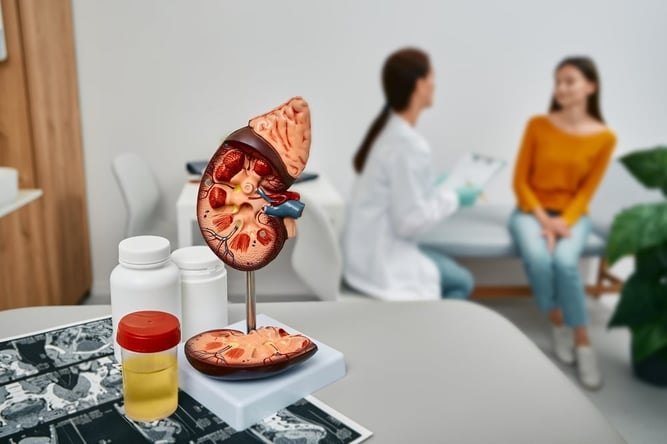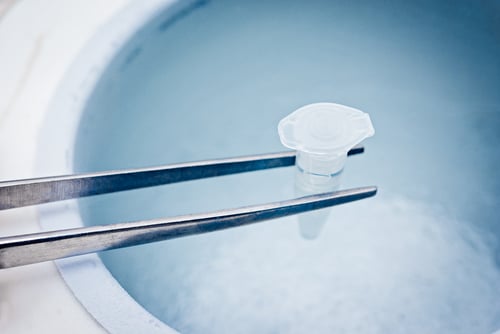Pain Management Options During Childbirth
Childbirth is transformative, yet accompanied by pain. Modern medicine provides diverse options for women to navigate this journey comfortably. Explore these options tailored to different preferences.
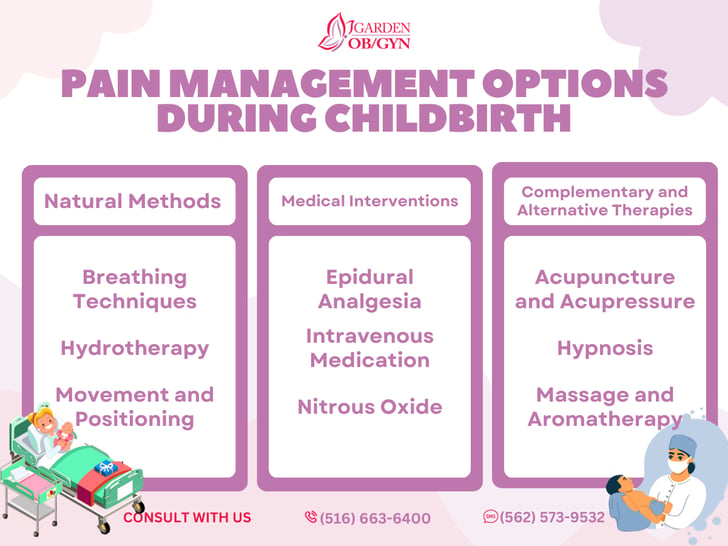
Childbirth is a miraculous and transformative experience, but it is also accompanied by the undeniable reality of pain. While pain is a natural part of the birthing process, modern medicine offers a range of pain management options to help women navigate this intense journey with greater comfort and control. In this article, we will explore various pain management options available to women during childbirth, each designed to cater to different preferences and needs.
-
Natural Methods:
a. Breathing Techniques:
Practicing focused and rhythmic breathing can help women manage pain and stay calm during contractions. Techniques such as Lamaze and Bradley emphasize controlled breathing to promote relaxation and reduce anxiety.
b. Hydrotherapy:
Immersing oneself in a warm bath or using a birthing pool can be soothing and alleviate some of the discomfort associated with contractions. The buoyancy of water helps support the body, easing the strain on muscles and joints.
c. Movement and Positioning:
Changing positions during labor, such as walking, swaying, or rocking, can help manage pain by encouraging the baby's descent and optimizing the birthing process. Using a birthing ball or squatting bar may also be beneficial.
-
Medical Interventions:
a. Epidural Analgesia:
One of the most common pharmacological interventions for pain relief during childbirth, an epidural involves injecting anesthetic medication into the epidural space of the spine. This numbs the lower half of the body, providing effective pain relief while allowing the mother to remain alert.
b. Intravenous Medication:
Pain-relieving medications, such as opioids, can be administered intravenously to help manage pain. While these medications may not eliminate pain entirely, they can provide a sense of relief and make the experience more manageable.
c. Nitrous Oxide:
Also known as "laughing gas," nitrous oxide is a self-administered option that can be inhaled through a mask. It provides mild pain relief and is considered safe for both the mother and the baby.
-
Complementary and Alternative Therapies:
a. Acupuncture and Acupressure:
Traditional Chinese medicine techniques like acupuncture and acupressure involve stimulating specific points on the body to promote relaxation and alleviate pain. Many women find these therapies beneficial during labor.
b. Hypnosis:
Hypnotherapy involves deep relaxation and focused concentration, helping the mother manage pain through a state of heightened suggestibility. This method aims to alter perceptions of pain and create a more positive birthing experience.
c. Massage and Aromatherapy:
Gentle massage and the use of soothing essential oils can be incorporated into a woman's birth plan to promote relaxation and reduce tension.
Conclusion:
Childbirth is a unique and deeply personal experience, and pain management options should be tailored to the preferences and needs of each individual. A comprehensive birth plan that includes communication with healthcare providers about pain management preferences can empower women to make informed choices that align with their values and expectations. Whether opting for natural methods, medical interventions, or a combination of both, the goal is to create a supportive and comfortable environment that allows mothers to embrace the beauty of childbirth while minimizing unnecessary suffering.








